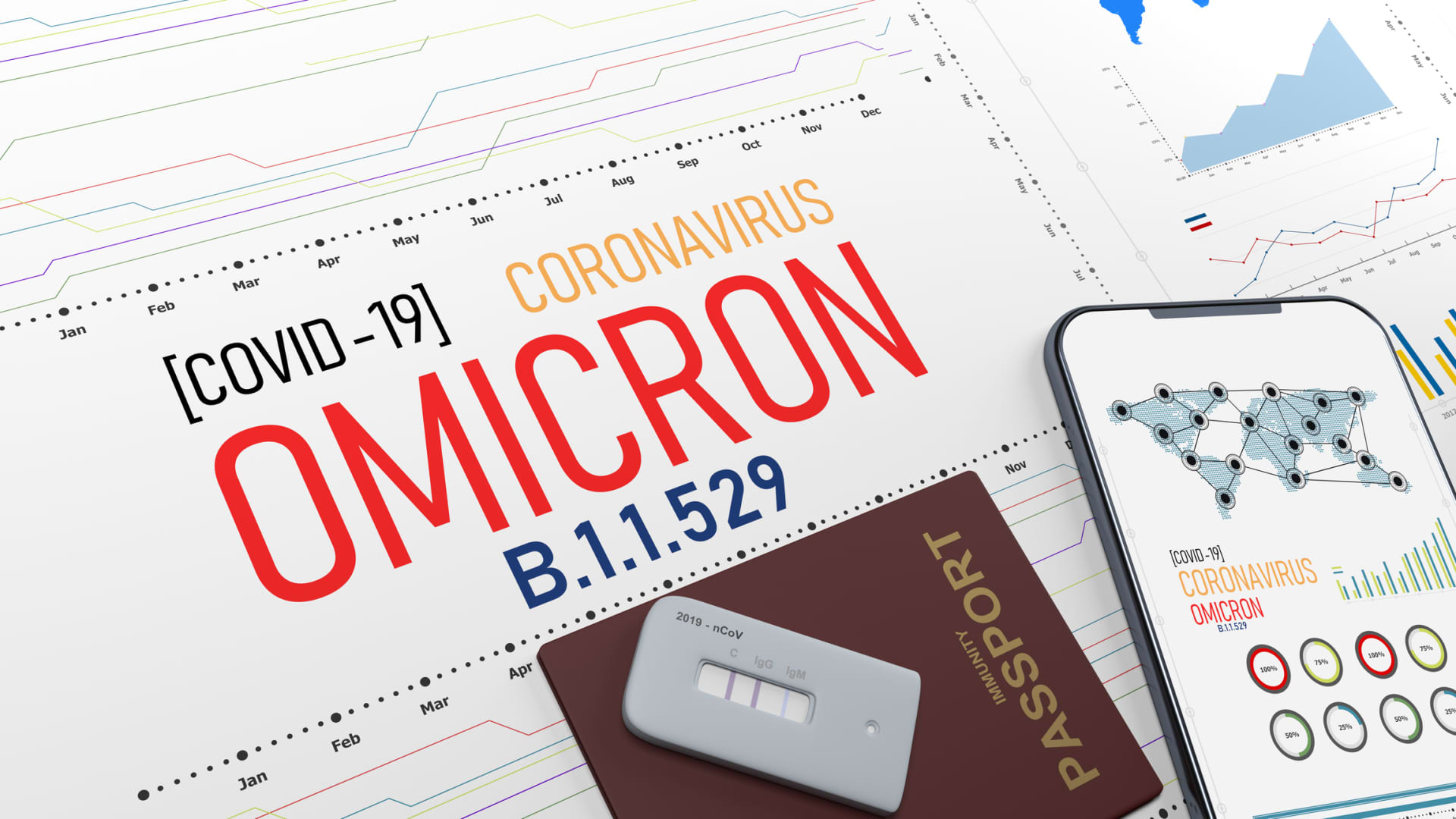WHO says omicron BA.4 and BA.5 subvariants have spread to over a dozen countries
Another omicron subvariant called BA.2.12.1 has been detected in 23 countries, including the U.S., according to WHO.

coronavirus impact business and economy
Mf3d | E+ | Getty Images
Omicron subvariants BA.4 and BA.5 have been detected in more than a dozen countries, helping fuel sporadic Covid outbreaks across the world, but the heavily mutated strains are still circulating at low levels, the World Health Organization said Wednesday.
Less than 700 cases of BA.4 have been detected across at least 16 countries and more than 300 cases of BA.5 have been found across at least 17 countries, WHO's technical lead on Covid Maria Van Kerkhove said during a Q&A on the organization's social media platforms.
While the two sublineages don't make people more sick than the original omicron strain, they appear to be more contagious, Van Kerkhove said. She noted the WHO will monitor BA.4 an BA.5 to determine if they will eventually overtake BA.2 as the dominant strain worldwide.
"We don't know how this variant will behave, how these subvariants will behave in other countries that had a dominant wave of BA.2," Van Kerhkove said. "This is what remains to be seen."
The two subvariants, BA.4 and BA.5, have high rates of detection in South Africa in particular, according to Kerhkove.
South Africa reported 395 cases of BA.4 and 134 cases of BA.5 as of May 6, the highest numbers across all countries, according to a report released by the U.K.'s Health Security Agency last week. Countries aren't sequencing the genetic data for every Covid case so actual infections are likely higher.
Just over 36 cases of BA.4 were found in Austria, 24 in the U.K., 20 in the U.S. and 17 in Denmark, according to the report. Belgium, Israel, Germany, Italy, Canada, France, the Netherlands, Australia, Switzerland and Botswana all reported under 10 cases of BA.4, the report said.
Some 57 cases of BA.5 have been detected in Portugal, 52 in Germany and 17 in the U.K., according to the report. The U.S., Denmark, France, Austria, Belgium, Hong Kong, Australia, Canada, Israel, Norway, Pakistan, Spain and Switzerland all reported less than 10 BA.5 infections, the report said.
The report noted the number of sequences is low, but "the apparent geographic spread suggests that the variant is transmitting successfully."
Tracking BA.2.12.1
Another omicron subvariant called BA.2.12.1 has been detected in 23 countries, according to Van Kerkhove.
She said there are more than 9,000 reported sequences of the subvariant, most of which comes from the U.S.
BA.2.12.1 made up about 42.6% of all sequences new cases in the U.S. during the week that ended on May 7, according to data from the Centers for Disease Control and Prevention. BA.2 was still the dominant subvariant in the country, making up 56.4% of all new sequences cases that week.
But BA.2.12.1 was dominant in New York, New Jersey, Puerto Rico and the Virgin Islands, making up 66.3% of all new sequenced cases in those states and territories, CDC data said.
Van Kerkhove said she expects to see an increase in case detection of BA.2.12.1 worldwide due to its higher growth rate over BA.2. But BA.2.12.1 has shown no difference in hospitalization rates in comparison to BA.2, according to Van Kerkhove.
She urged governments across the world to closely monitor BA.2.12.1, BA.4, BA.5 and other subvariants that could emerge in the future, emphasizing the need to maintain Covid testing and sequencing.
"We talk to government all the time about the need to maintain the surveillance systems so that we can track this, we can trace it, and we can assess it in real time," Van Kerkhove said.

 ShanonG
ShanonG 































